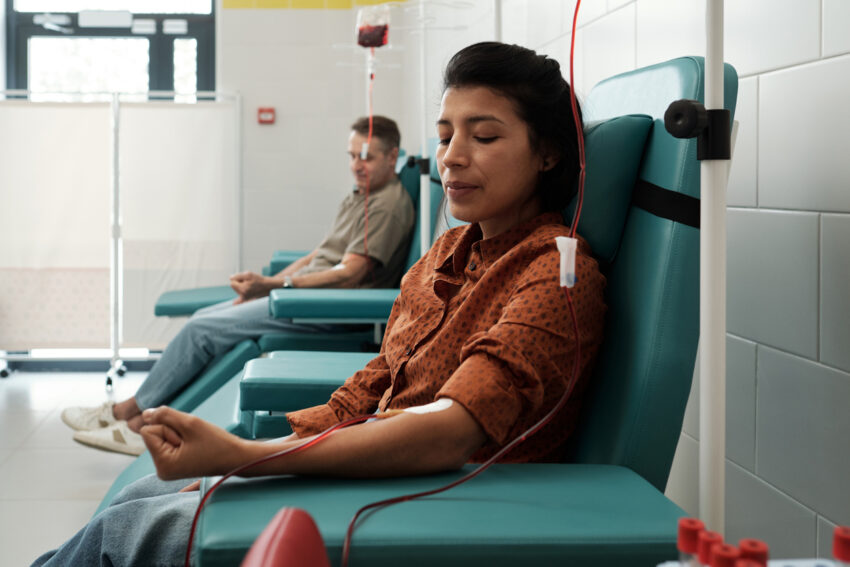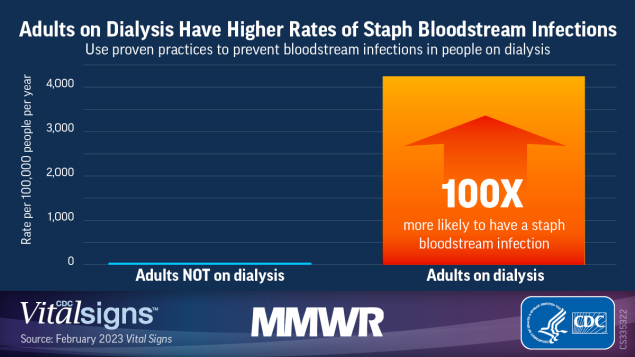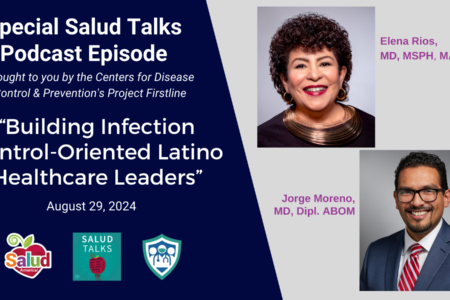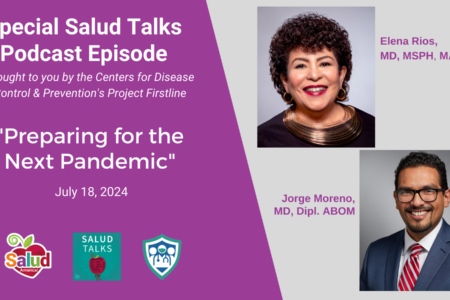
Share On Social!
Latino and Black patients on dialysis have higher rates of staph bloodstream infections, according to a new CDC report.
Dialysis is a treatment for people whose kidneys are failing.
“More than half of people in the U.S. receiving dialysis belong to a racial or ethnic minority group—about 1 in every 3 people receiving dialysis is Black and 1 in every 5 is Hispanic,” according to the CDC.
Latino dialysis patients alone had a 40% higher risk of staph bloodstream infections than White patients on dialysis between 2017 and 2020.
Let’s further explore the health disparities that impact dialysis patients.
Risks of Dialysis Treatment
While dialysis treatments are necessary and could ultimately save the life of patients with end-stage kidney disease, it does come with risks.
Germs such as staph can get into a patient’s bloodstream through the use needles or catheters to connect a patient to a dialysis machine.

“Staph bloodstream infections can be serious and even deadly. Some infections are resistant to some of the most common antibiotics used to treat them, making the drugs ineffective,” according to the CDC.
The new CDC report found that, in 2020, 4,840 dialysis facilities reported 14,822 bloodstream infections to the National Healthcare Safety Network. 34% were due to staph.
The staph bloodstream infection risk was highest in Latino patients and patients ages 18-49 when adjusted for state of residence, age, sex, and vascular access type.
Despite the risk of staph infection, healthcare providers can implement alternatives, including fistulas and grafts, to replace central venous catheters to connect patients’ blood circulation to dialysis machines for treatment.
“Preventing staph bloodstream infections begins by detecting chronic kidney disease in its early stages to prevent or delay the need for dialysis,” said Dr. Debra Houry, CDC’s chief medical officer.
Contributing Health Disparities
Often, kidney failure can be caused by conditions that disproportionately affect Latinos, such as high blood pressure, hypertension, and diabetes.
The CDC further highlights disparities that Latino patients may face, including:
- Lack of access to preventive care for conditions like diabetes and high blood pressure, which increase the risk of developing end-stage kidney disease.
- Lack of patient education about treatment options for end-stage kidney disease.
- Extended use of a central venous catheter to connect a patient’s blood circulation to a dialysis machine for treatment (also known as a vascular access type). Catheters have the highest risk of infection among all vascular access types.
- Socioeconomic factors, including poverty, household crowding, and lower education levels.
Bloodstream infections in dialysis patients have decreased since 2014 with the help of proven practices to prevent and control infections.
However, healthcare providers can take more steps to try to avoid infections.
One action is to counsel patients on the potential treatment options before they develop end-stage kidney disease.
Another prominent action is to reduce barriers for patients receiving medical care by offering transportation assistance, insurance coverage expertise, social work services, and education resources in multiple languages. Many healthcare systems are beginning to screen patients for these social determinants of health, and connect them to resources.
“Dialysis-associated bloodstream infections are preventable—not inevitable,” said Dr. Shannon Novosad, the team leader of dialysis safety for CDC’s Division of Healthcare Quality Promotion.
The complete CDC report can be found here.
Health Disparities in Your Community
What health disparities does your community experience?
Find out using the Salud America! Health Equity Report Card.
Explore the date from the Report Card and use it as a tool to learn more about health-related issues in your community including socioeconomic status, healthcare, and mental health.
See how your county data compares to others across your state and the nation.
Share your county data with city leaders and local health departments to help advocate for change!
GET YOUR HEALTH EQUITY REPORT CARD!
By The Numbers
142
Percent
Expected rise in Latino cancer cases in coming years



